“It’s just a really great place to be — the fact that it’s been there, seen every hurricane, since 1904 and has pretty much spit in its face. That’s something I can admire.” said Aiden Graves, a senior at the University of Southern Mississippi.
Graves, a geography major minoring in history, combined both areas of study to create a virtual walking tour of the Gulf Coast. The tour can be used to learn about the history of Gulfport both in person and online. He used knowledge gained in a cartography class to create the web mapping tool for the Gulfport Museum of History during his internship.
“It shows the determination of not just Gulfport, not just that building, but I think of all, the Gulf coast really,” Graves said. “Cause you get hit by a hurricane — whether it be something like Camille or Katrina, or it’d be a smaller hurricane — it’s going to do something to you, and you have to have that kind of wherewithal, and that fight to climb back from that, and I respect that.”
Graves’ admiration for the resilience of the former Ship Island railroad depot, along with his love of trains, makes this spot his favorite on the map he created. Last semester when Graves’ original plans to intern for the USS Alabama fell through, he found himself without an internship and nothing to do. Instead, he went to Dr. Douglas Bristol, an associate professor of history at USM, who helped him secure an internship with the Gulfport Museum of History. Graves was keen to use the skills he’d learned at previous museum internships in a new environment.
Graves didn’t come up with the idea for the map — that credit goes to Dr. Bristol and Betty Shaw, the managing director of the museum. But using photos and information from the museum's archives, and with help from the museum staff, Graves was able to develop the map using ArcGIS online, an interactive web map builder.
“Since I had already worked a little bit with Arc in the past with Dr. Kayla Stan’s classes, I was like, you know what, I’m 70 percent confident I could do this,” said Graves. “And thankfully I ended up being 100 percent correct on that.”
The goal behind the map was to provide something easily accessible to the public — through a QR code or web link — that could help people learn about Gulfport, whether they are interested in visiting or walking around town. The aim was to keep it short and concise, especially for those walking around in the Mississippi heat.
While it was a relatively simple process, Graves still faced a few roadblocks when constructing the map. Some issues included balancing work and school, as well as a lack of information and photos for some historical sites. When those issues arose, Graves leaned on his coworkers at the museum for help and even went out of his way to take pictures of sites that the museum archives lacked.
Despite the challenges, Graves called the map one of his proudest achievements. Through the project, he proved to himself that he is capable of succeeding academically — something that he once doubted in himself due to the gaps in his public-school experience.
“I have a lot of great confidants here that I can rely upon and kind of lean on — whether it be here at Hardy Hall, whether it be over with the history side of things,” he said. “Whether it be in the geography side of things — I have a lot of folks who I think I can depend upon to point me in the right direction.”
Growing up, Graves was always told he was smart. After leaving public school in fifth grade and completing a mix of private and home schooling, he earned his GED at age 16. He then enrolled in junior college, where a voice in the back of his head told him he couldn’t do it — a fear rooted in his childhood struggles to fit in.
After graduating from community college, Graves took a break from school. He spent two years working in retail, which he said helped him learn how to socialize, before deciding to ignore those doubts. With encouragement from those around him, Graves decided to attend USM.
“I think I finally have been able to convince myself that,” he said. “‘Hey, you’re here, you’re anchored here, and you’re not going anywhere anytime soon. You have — not necessarily made it — but you’re able to stay. You belong.’”
At USM, Graves found geography, thanks to Dr. Joby Bass Jr., assistant professor of geology and geography at USM, who introduced him to the field as a career option. Since arriving, Graves has learned new skills that connect to his love of history. Through Dr. Stan’s cartography course, he was able to explore a long-time interest in maps. Graves credits Dr. Stan as the one that got him into creating maps and ArcGIS, allowing him to express his love of history in new ways.
“One of the things that I think is incredible is his ability and interest in merging different skills together towards a project that he is passionate in, and I think that is exemplified in his project with the Museum,” said Dr. Kayla Stan, assistant professor of geology and geography at USM. “I am excited to see what other works he comes up with and will be definitely looking forward to seeing new ways of looking at American and local history through his eyes.”
Graves always knew he was different. He never listened to the same music or watched the same shows as other kids. Instead, he preferred watching history documentaries with his grandfather. Around age 13, he was diagnosed with autism, which he said explained his struggles with socializing, and intense fixations on anything that catches his interest.
Graves shared that he often used to get caught up in his own head and obsess over the past. Over the years, he has been able to overcome these challenges, working to push forward and focus on his future rather than fixating on the past.
“I don’t think saying you do have autism, or you have something up with you is necessarily a bad thing anymore. It makes you unique,” said Graves.
Graves has spent years learning how to overcome these issues. Taking inspiration from his childhood heroes — drag and race car drivers, military figures, and people who show determination in the face of challenges, it is because of the attitudes they displayed. He was drawn to their ability to accomplish any task, whether it be combat or a race, given to them despite obstacles in the way.
“You want to be like your hero's, and that’s pretty much what I wanted to do. It’s like I wanted to be where they were.” said Graves. “I saw how great they were at what they did, and I’m like, if I put my mind to this, I can be great as they were — at whatever I pick.”
But the one that will always take the podium as his number one hero is his grandfather. A first air calvary Vietnam veteran, his grandfather is the one that Graves tries to emulate every day and the one that sparked his love of history.
Coming from a military family, Graves one day dreamed of becoming a trained combat historian. While that dream didn’t come to pass, he is still able to combine his passion for history with his family's legacy in new ways. He is currently working with Dr. Stan on another mapping project, one which is military-related that he called a “showcase of hero's.” While he wants to keep a bit of mystery to his future project for now, he did say that it was deeply important to him.
Thanks to the people he has met here at USM — and those who pushed him to come back to school — Graves has been able to succeed, gaining internship opportunities and a newfound passion for geography. Through his work with USM and the Gulfport Museum of History, he has proven that he belongs and has followed the map to where “X” marks the spot in his own life.
For anyone interested in checking out the map, it can be accessed here: https://storymaps.arcgis.com/stories/ec48cb362b794c6cade08a0ba7796f96
For more information about the Gulfport Museum of History, visit: https://www.coastalmississippi.com/listings/gulfport-museum-of-history/9255/

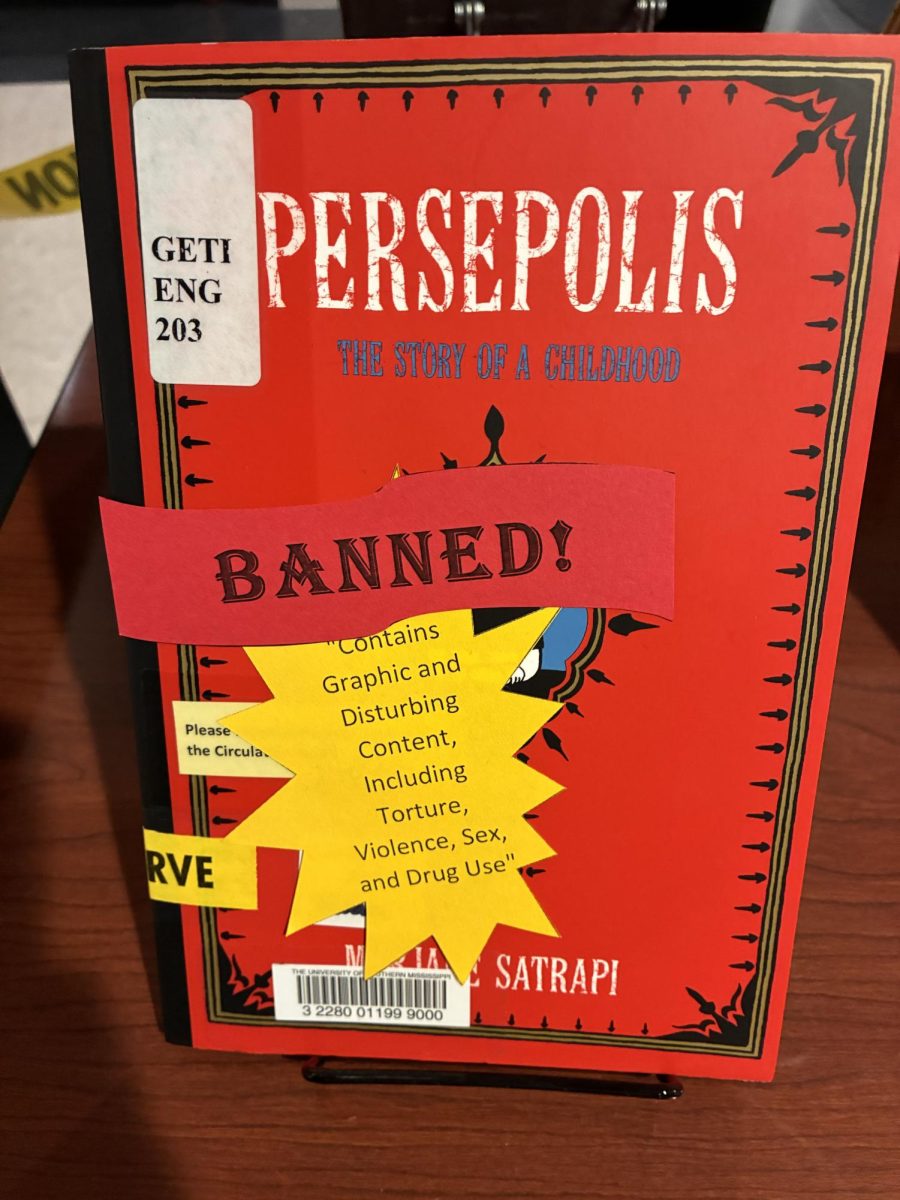

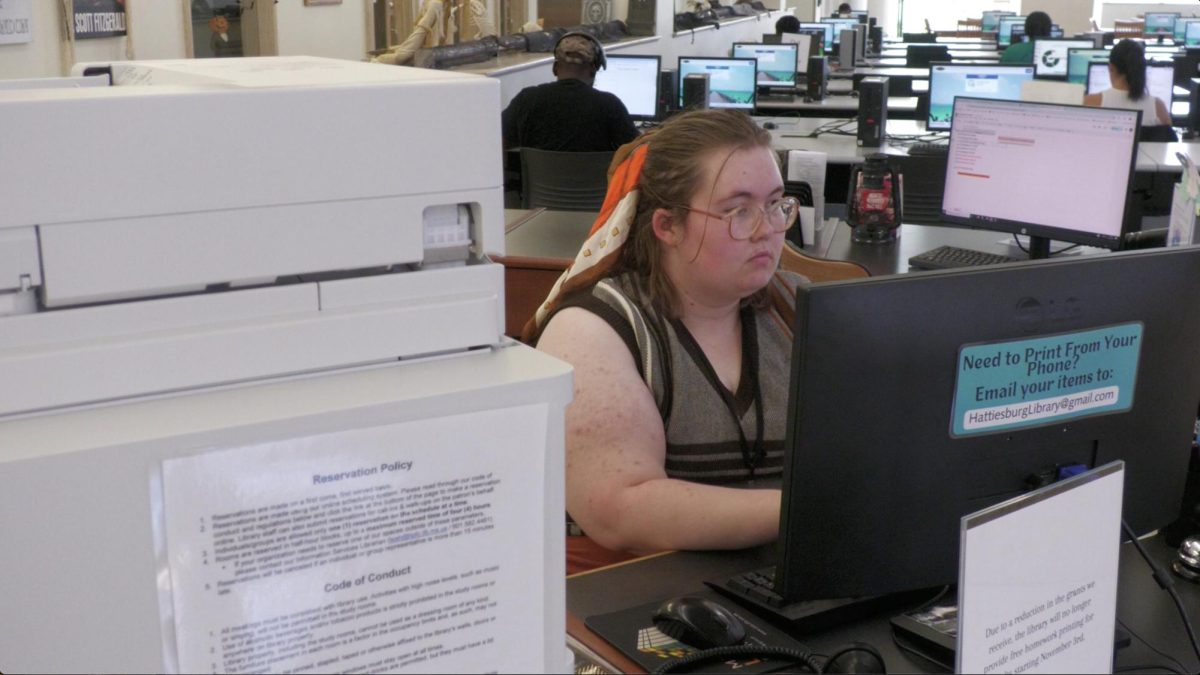
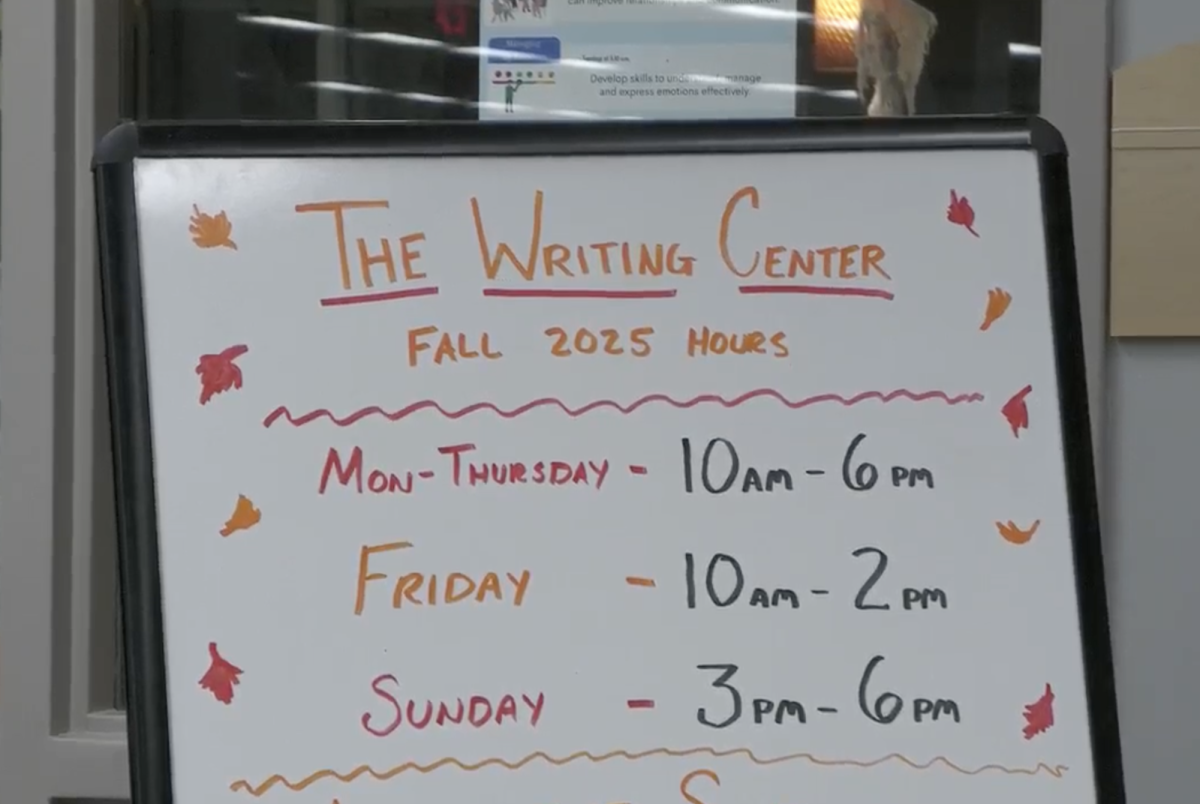
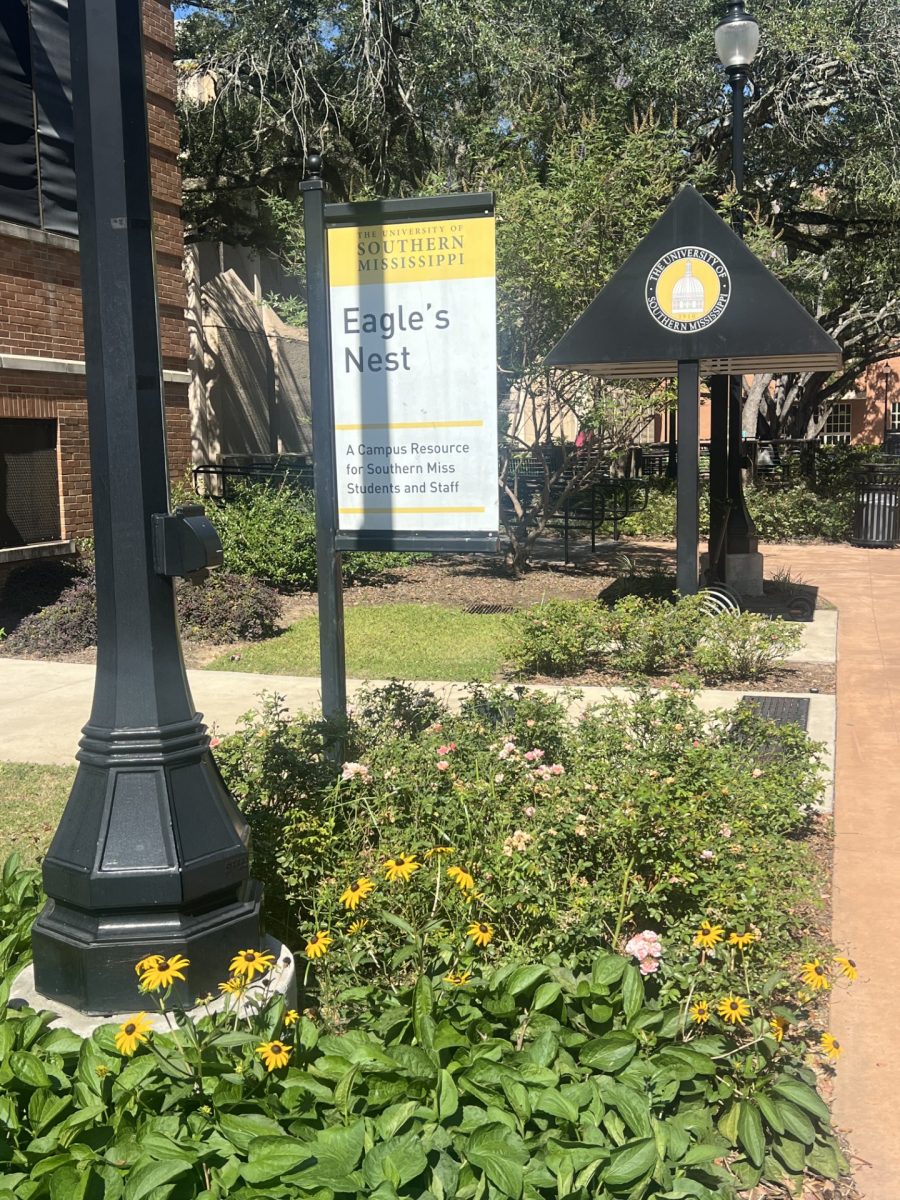

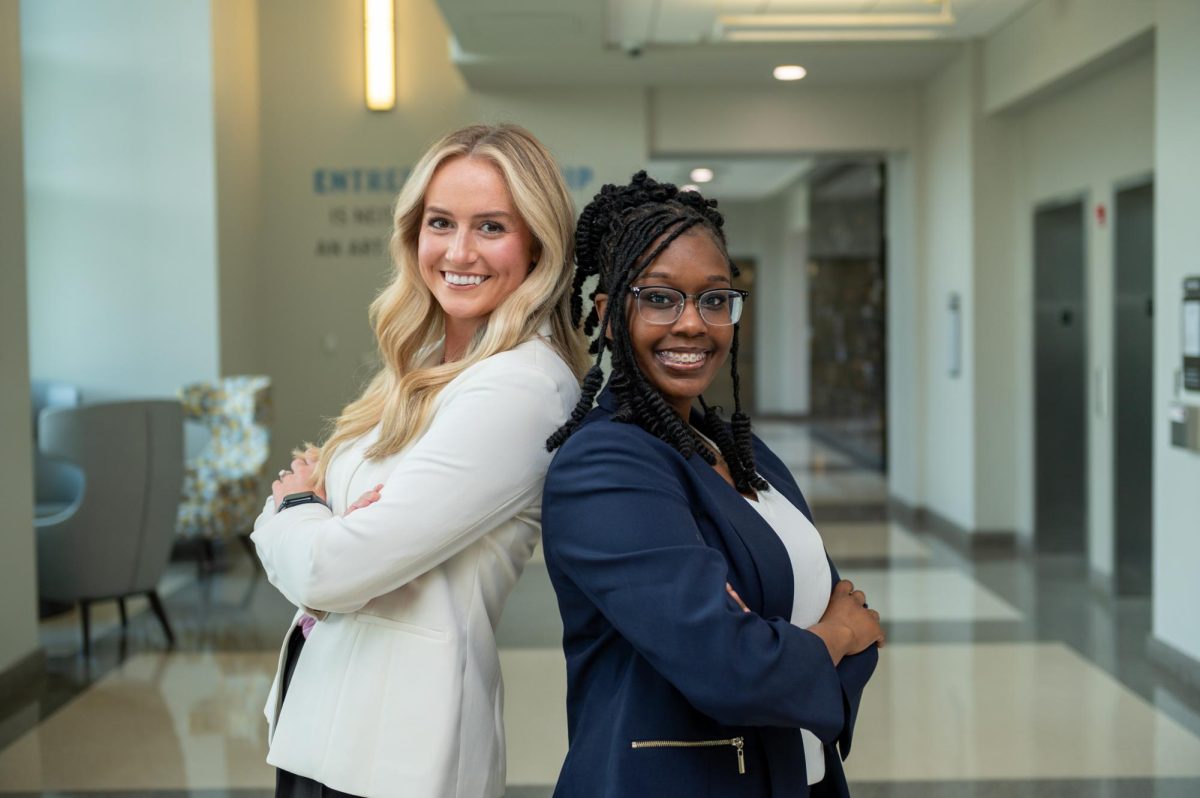

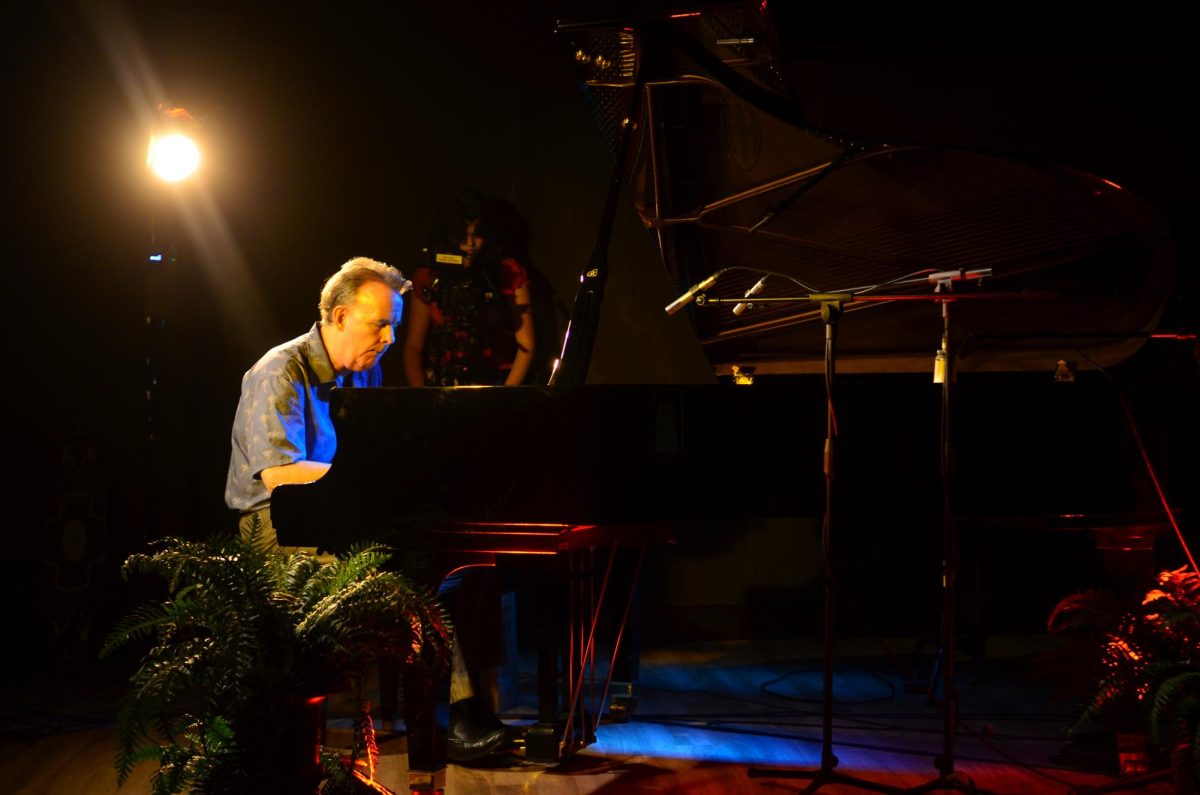




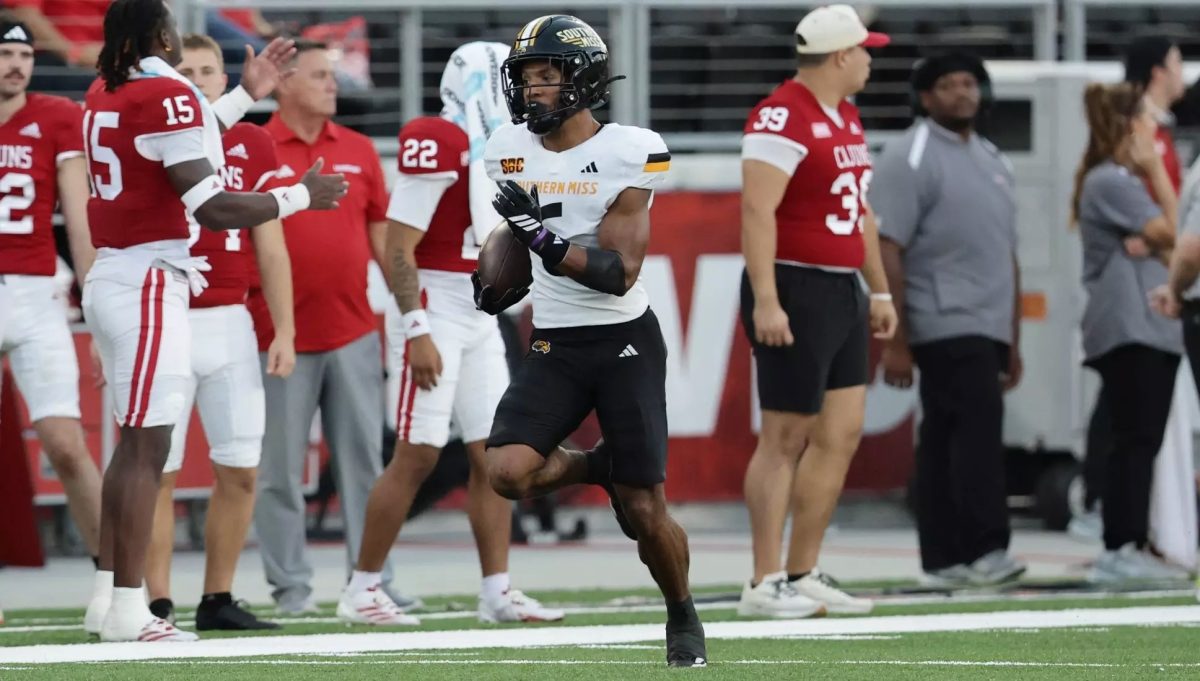



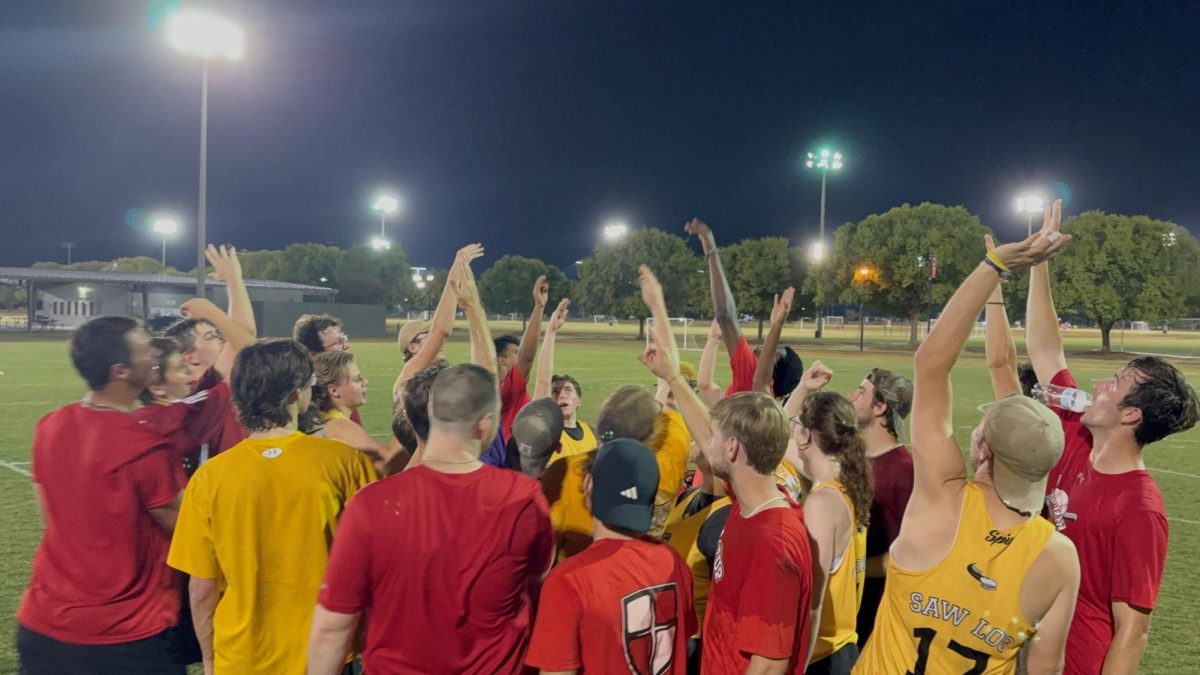




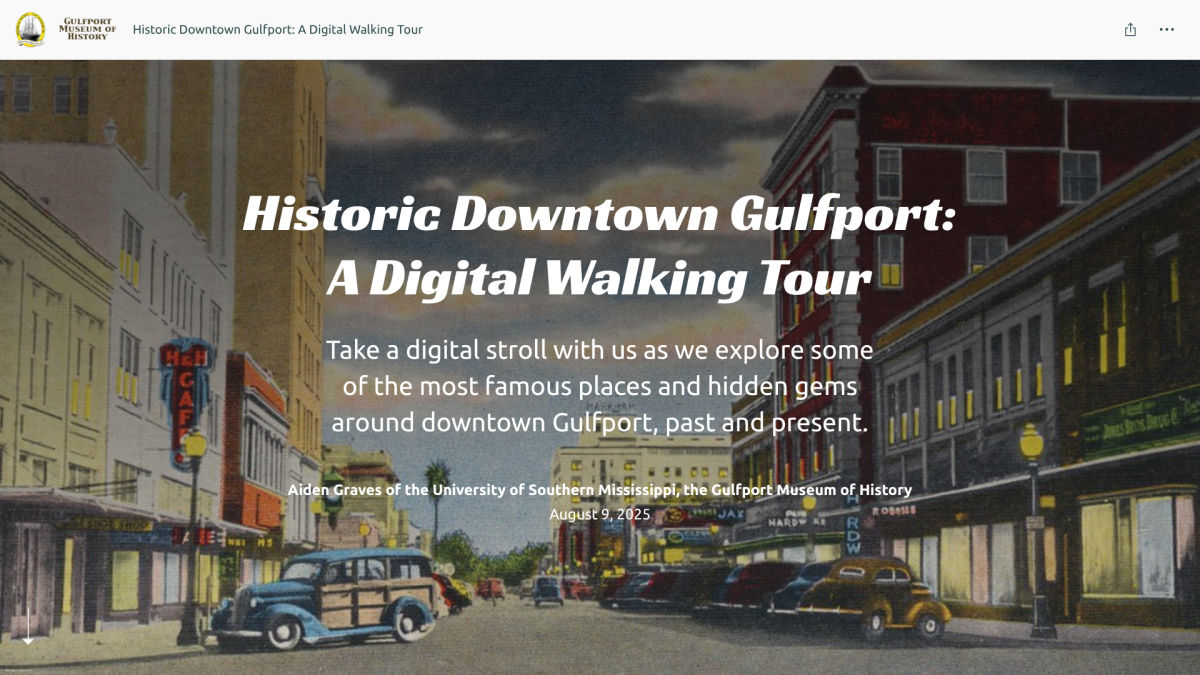
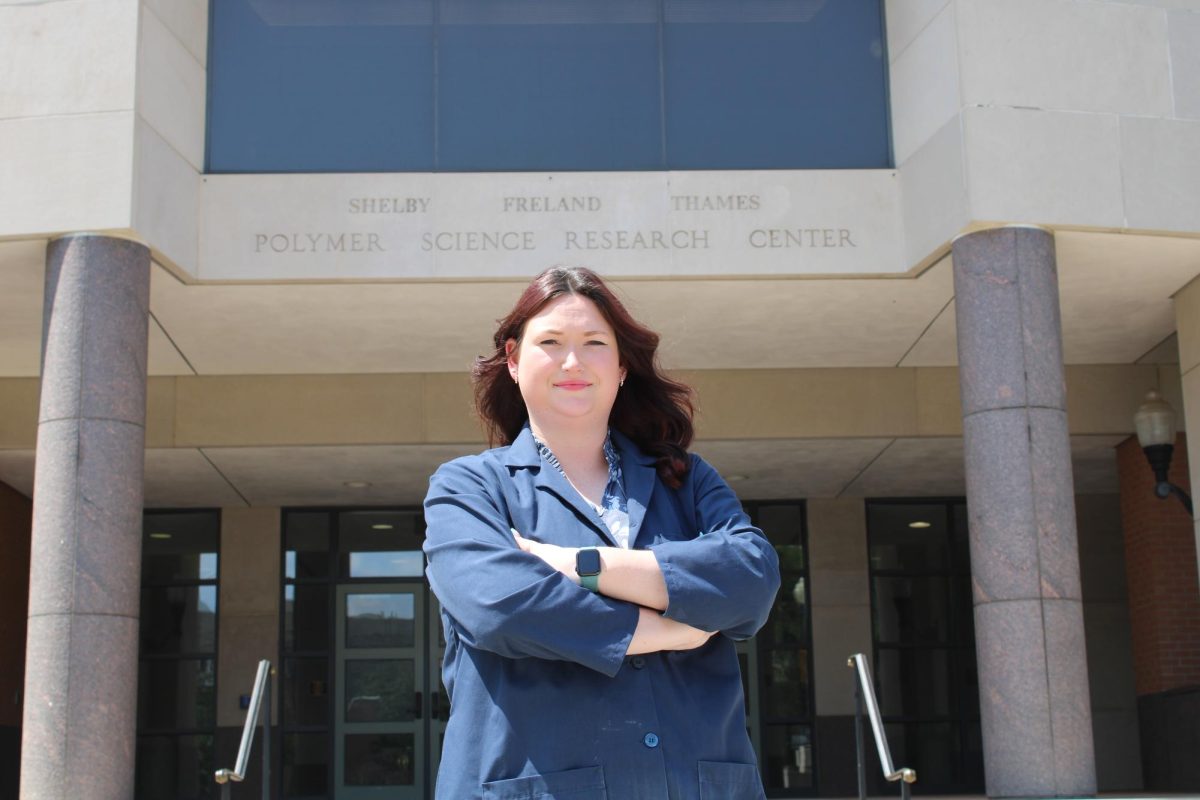
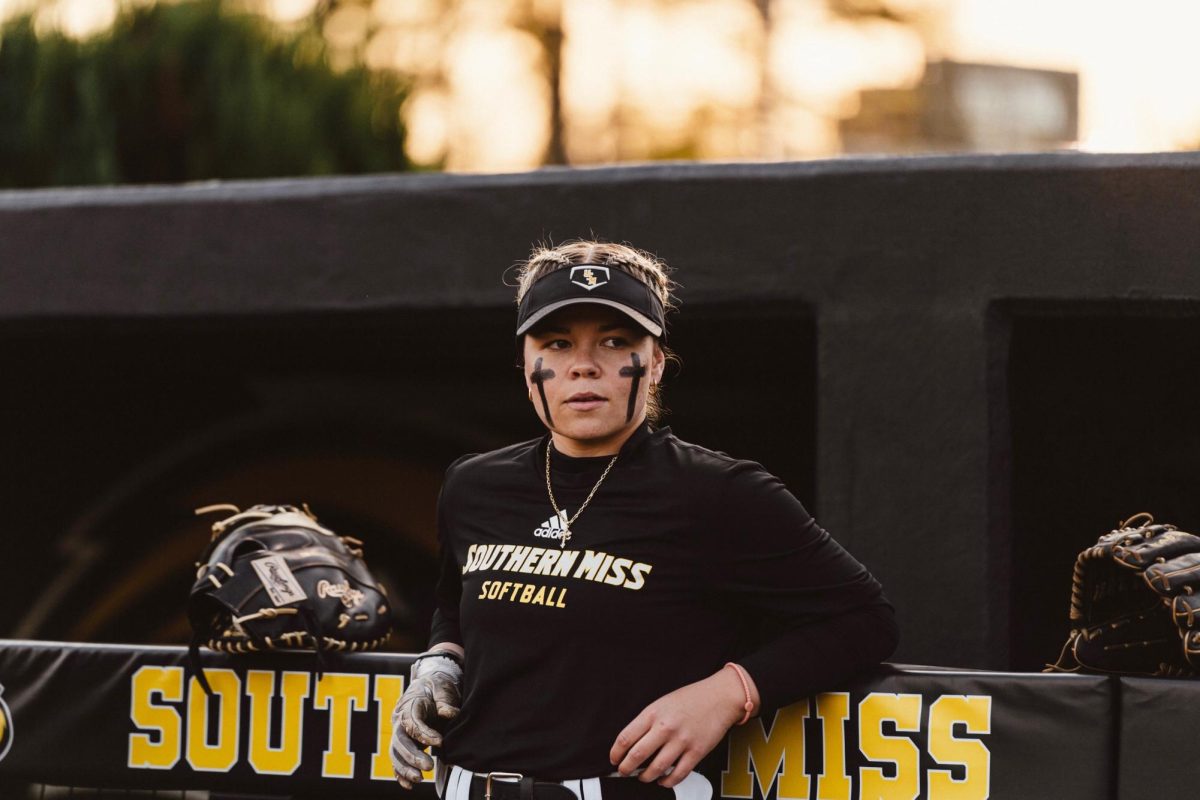
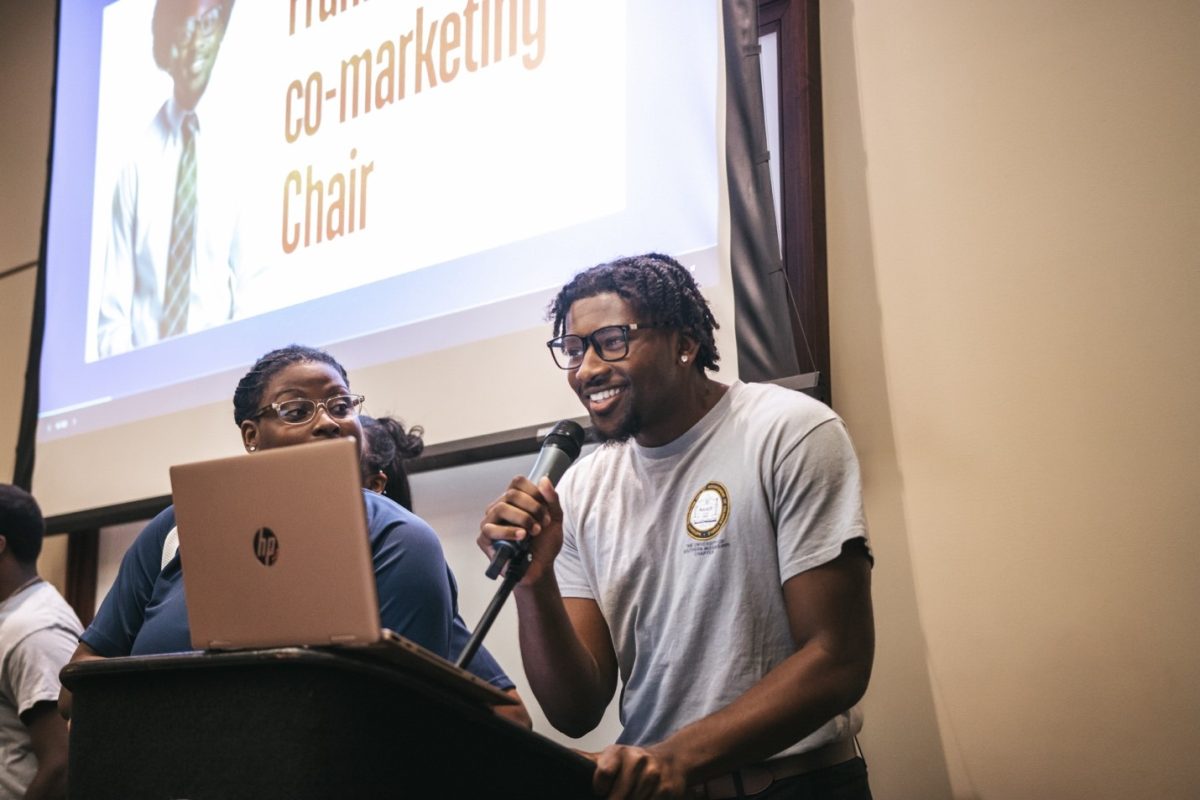
Aiden Graves | Sep 29, 2025 at 2:26 pm
Thank you so much for the interview and great article! Definitely feels odd getting recognized for the stuff I love to do, but I certainly appreciate it nonetheless.